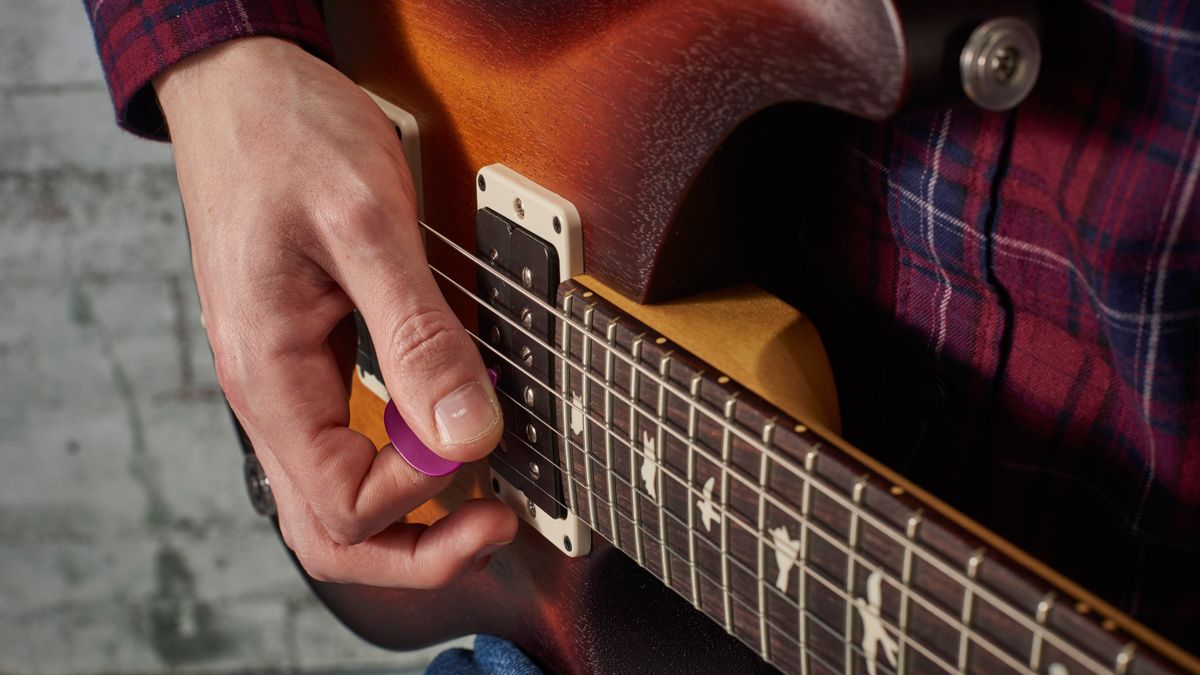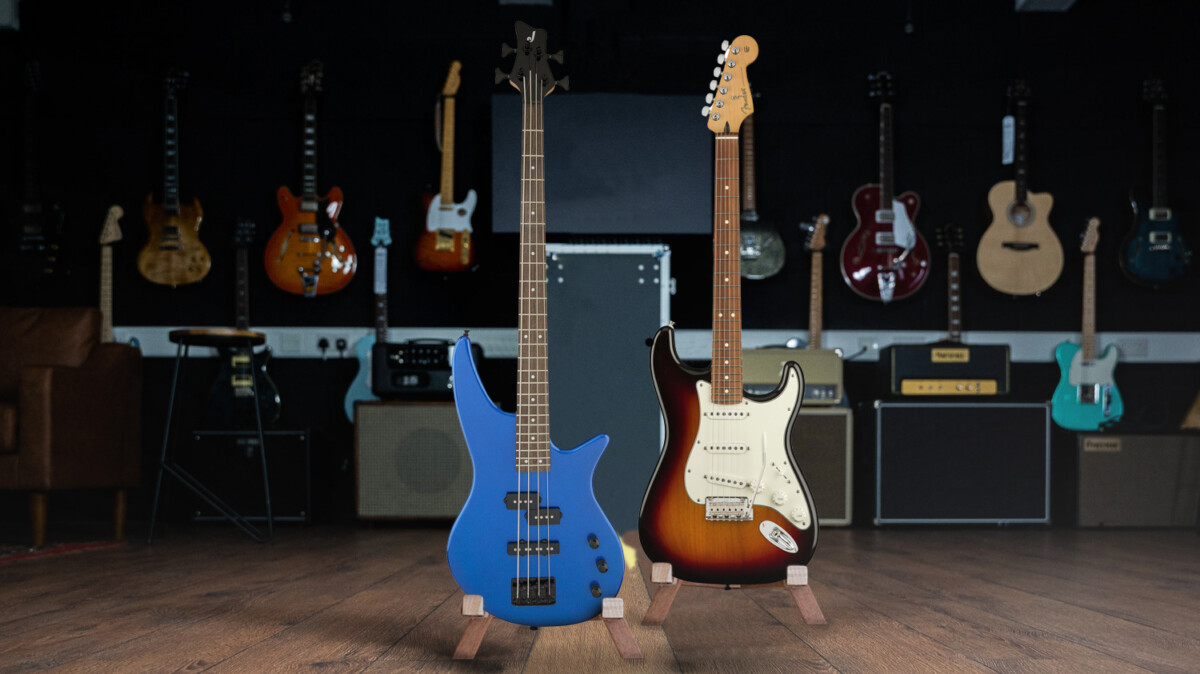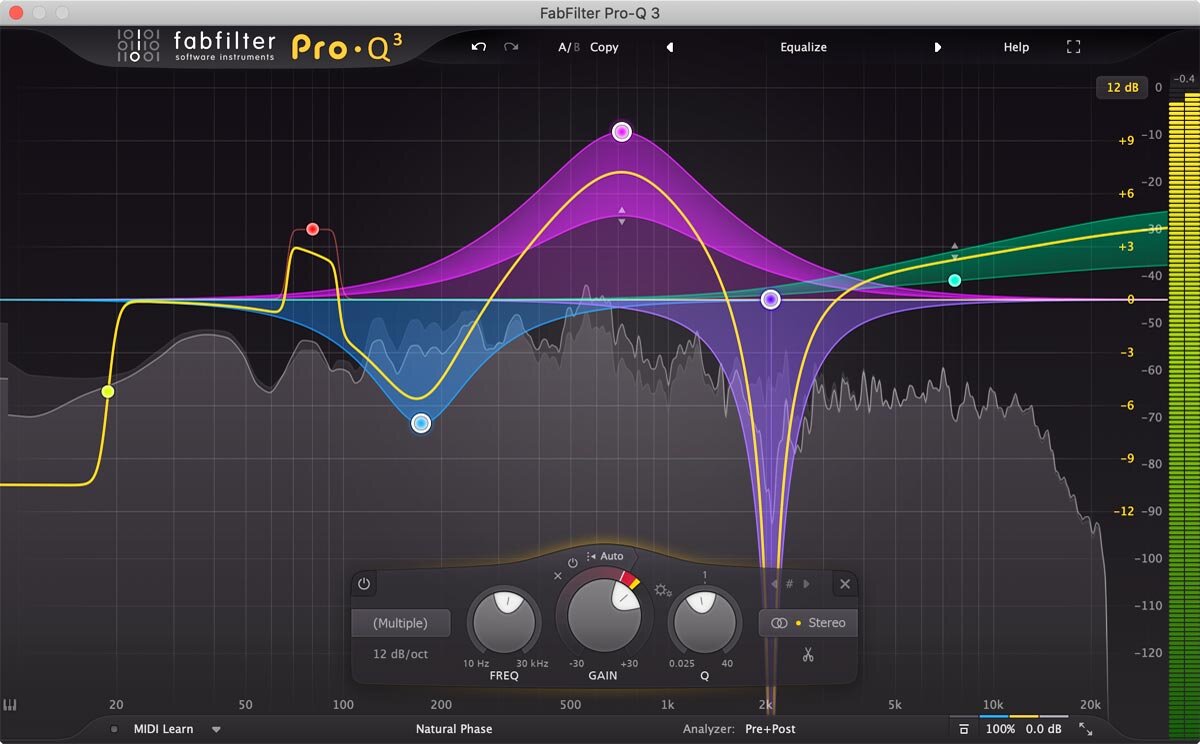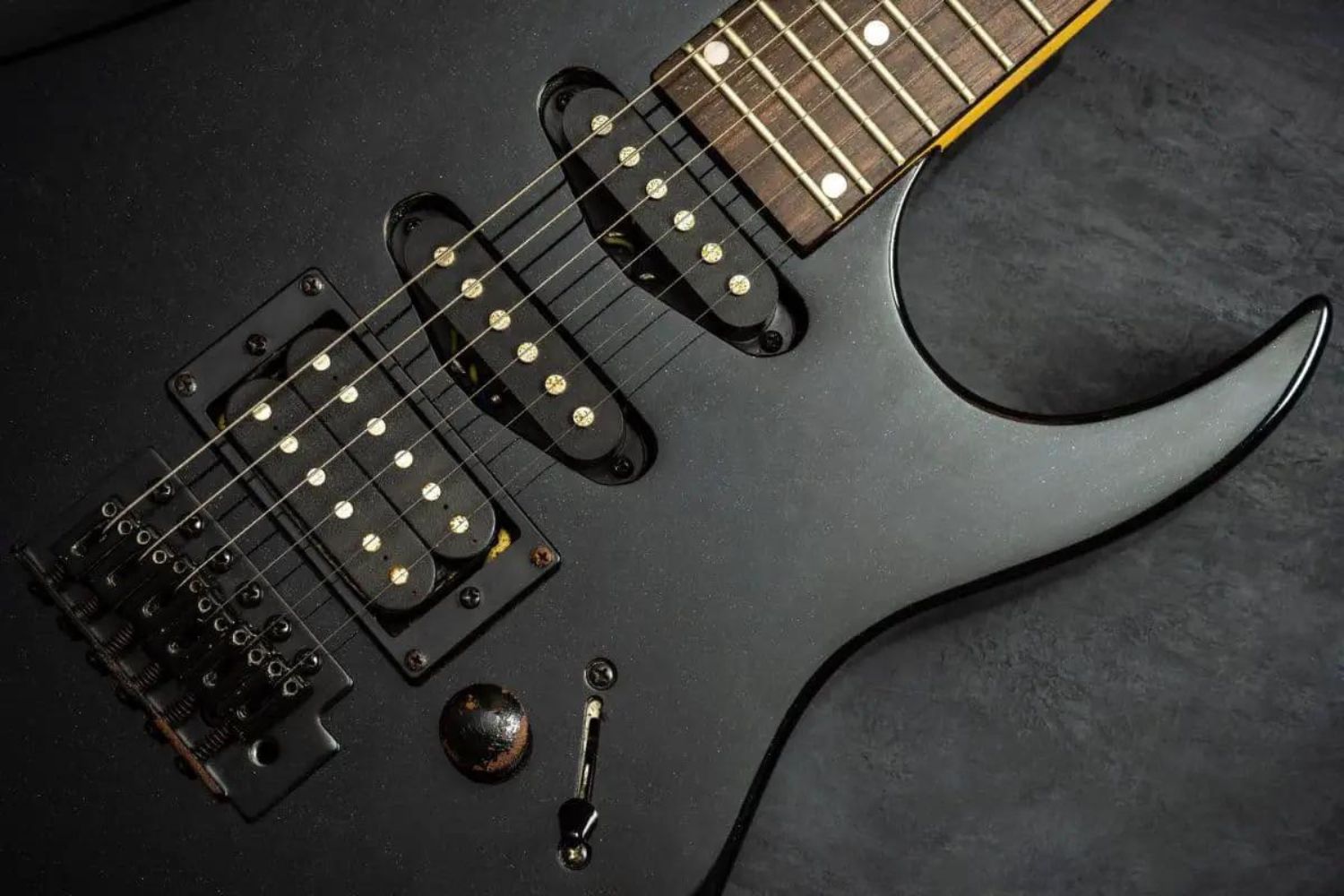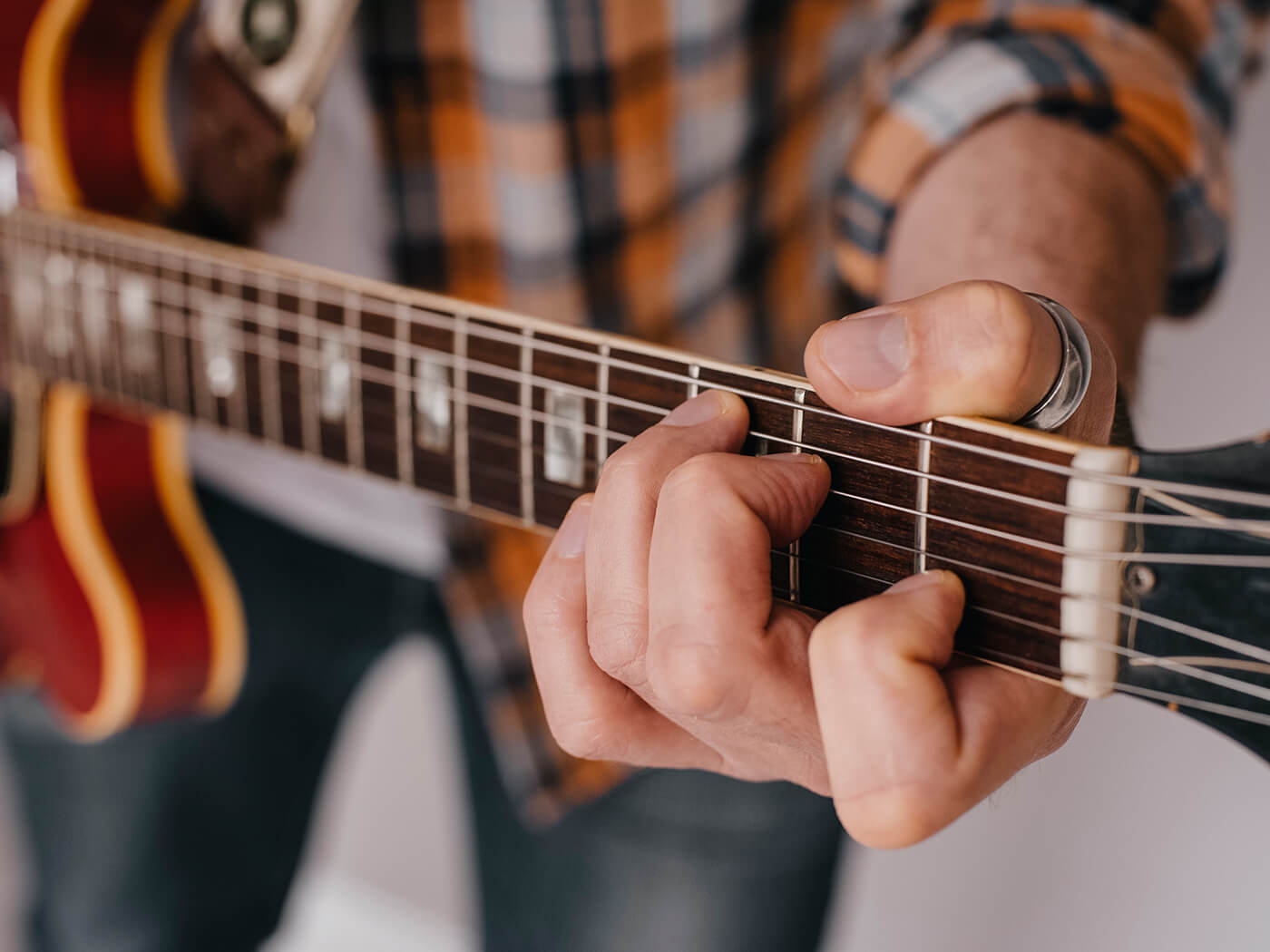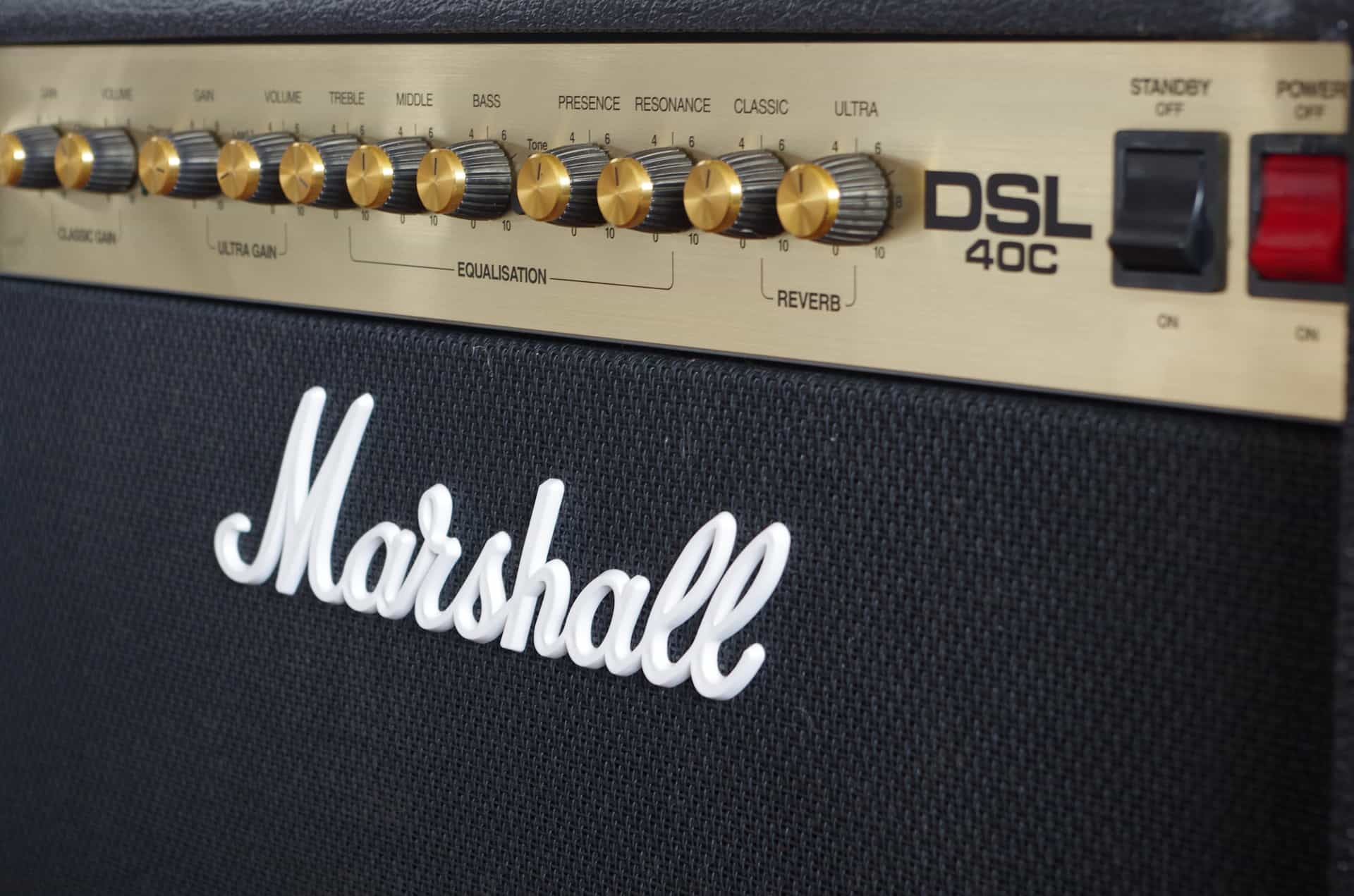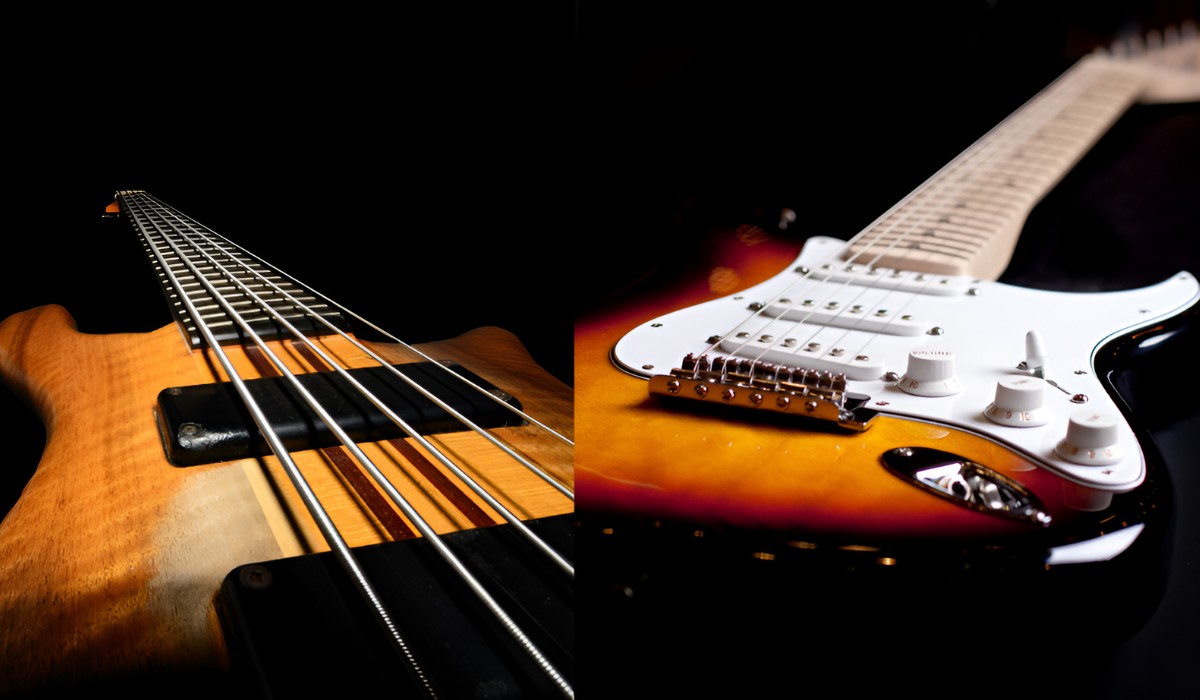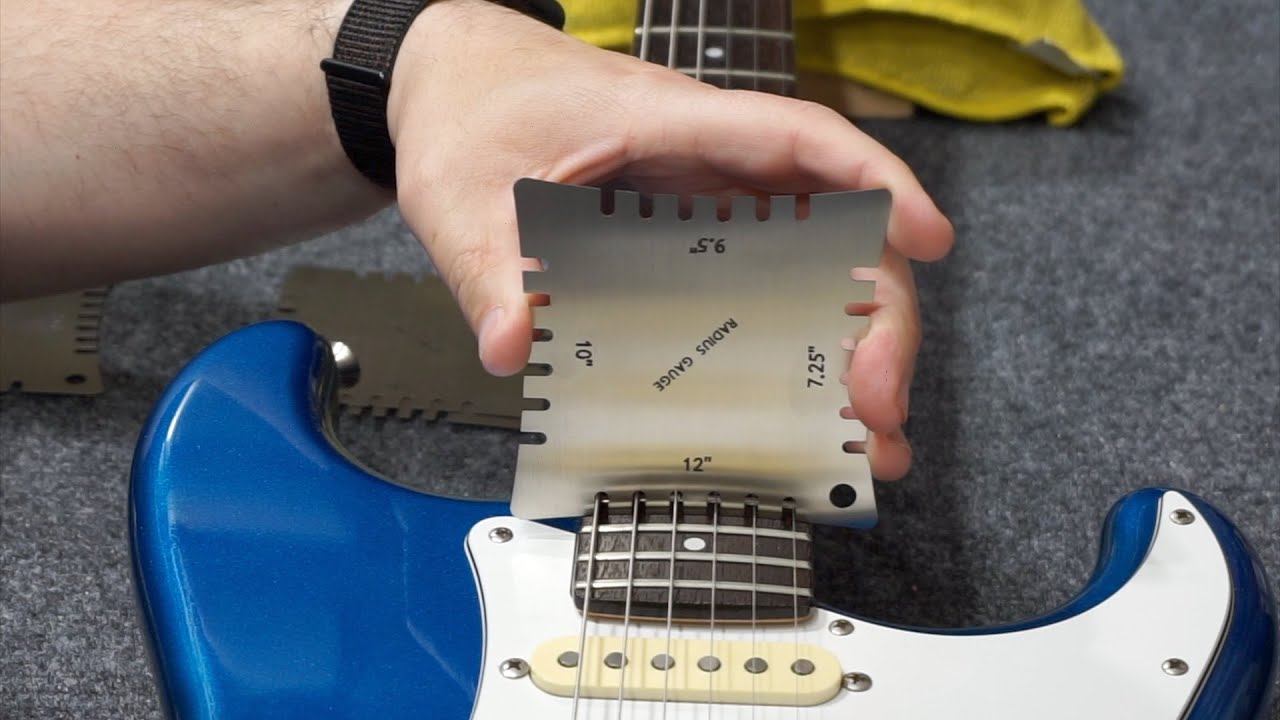Introduction
So, you've mastered the art of playing electric guitar and are ready to take your skills to the next level. One technique that can add a touch of magic to your solos is playing lead harmonics. Harmonics are those ethereal, bell-like tones that seem to float above the fretboard, adding an otherworldly dimension to your music. In this guide, we'll delve into the world of electric guitar lead harmonics, exploring what they are, how to find the sweet spots on your fretboard, the techniques for playing them, and how to incorporate them into your solos.
Playing lead harmonics is not only a skill that can elevate your playing to new heights, but it's also a surefire way to captivate your audience and add an element of surprise to your performances. Whether you're a seasoned guitarist looking to expand your repertoire or a beginner eager to explore new sonic territories, mastering lead harmonics will undoubtedly open up a world of sonic possibilities.
With the right guidance and practice, you'll soon be weaving mesmerizing harmonic melodies into your solos, leaving your listeners in awe of the captivating sounds emanating from your electric guitar. So, grab your guitar, plug in your amp, and let's embark on a harmonic adventure that will elevate your playing to new heights.
What are Harmonics?
Harmonics, also known as overtones or partials, are produced when a string is divided into equal parts and then plucked or strummed. These points of division result in nodes, which are points of minimal movement, and antinodes, which are points of maximum movement. When a string is played normally, the fundamental frequency is heard, which is the lowest and loudest frequency produced. However, when a string is lightly touched at specific points, known as harmonic nodes, a higher pitch is produced, creating a chiming, bell-like sound.
Harmonics are categorized into two types: natural and artificial. Natural harmonics occur at specific points along the string, such as the 12th, 7th, and 5th frets, where the nodes naturally form. These harmonics produce a pure, bell-like tone and are fundamental to the characteristic sound of the electric guitar. On the other hand, artificial harmonics are produced by fretting a note with one finger and lightly touching the string with another finger at a specific node, effectively dividing the string and producing a harmonic overtone.
Understanding the physics of harmonics is crucial for mastering their execution on the electric guitar. By experimenting with different touch points along the string, guitarists can unlock a world of harmonic possibilities, adding depth and intrigue to their playing. As you delve into the realm of harmonics, you’ll discover the mesmerizing sounds that can be coaxed from your instrument, elevating your playing to new sonic realms.
Finding the Sweet Spots
Locating the sweet spots for harmonics on the electric guitar is essential for producing clear and resonant tones. The most common sweet spots for natural harmonics are found at the 12th, 7th, and 5th frets, where the nodes naturally occur. When lightly touching the string directly above these frets and plucking it, the harmonic tones will ring out, creating the distinctive chime-like sound associated with harmonics.
It’s important to note that the pressure applied to the string when touching the sweet spots is crucial. Unlike regular fretting, where firm pressure is applied to the fretboard, harmonics require a delicate touch. The finger should lightly graze the string without pressing it down to the fretboard. This gentle contact allows the string to vibrate freely, producing the harmonic overtone.
Experimenting with the exact placement of the touching finger above the fret can also yield variations in the harmonic tone. Moving the finger slightly to the left or right of the sweet spot can produce subtle changes in the pitch and timbre of the harmonic, offering a spectrum of sonic possibilities to explore.
Furthermore, artificial harmonics, also known as pinch harmonics, involve a combination of fretting a note and touching the string at specific nodes to produce harmonics. The sweet spots for artificial harmonics are determined by the distance between the fretted note and the touching finger. By adjusting this distance, guitarists can achieve different harmonic pitches, creating a diverse palette of tones to incorporate into their playing.
Mastering the art of finding the sweet spots for harmonics is a transformative journey that opens up a world of sonic expression. As you hone your skills in pinpointing these critical locations on the fretboard, you’ll unlock the full potential of harmonics, infusing your solos with ethereal, bell-like tones that will captivate and mesmerize your audience.
Technique for Playing Harmonics
Mastering the technique for playing harmonics on the electric guitar requires precision and finesse. Whether executing natural or artificial harmonics, the key lies in the delicate touch and precise placement of the fingers on the strings.
For natural harmonics, begin by lightly resting a fretting hand finger directly above the fretwire at the designated sweet spot, such as the 12th, 7th, or 5th fret. It’s crucial to avoid pressing the string down to the fretboard; instead, the finger should lightly touch the string, allowing it to vibrate freely. With the picking hand, pluck the string while maintaining the gentle contact with the fretting hand finger. This technique will produce the bell-like, chiming sound characteristic of natural harmonics.
When it comes to artificial harmonics, the approach is slightly different. Start by fretting a note with the fretting hand and then lightly touching the string with the picking hand finger at a specific node, typically 12 frets higher than the fretted note. The distance between the fretted note and the touching finger influences the pitch of the harmonic, offering a way to control the tonal quality of the produced sound.
A crucial aspect of executing harmonics effectively is the use of the guitar’s bridge pickup, which enhances the clarity and sustain of the harmonic tones. By positioning the picking hand closer to the bridge pickup while executing harmonics, guitarists can achieve a more pronounced and resonant harmonic sound, adding depth and richness to their playing.
Furthermore, experimenting with the angle and pressure of the picking hand finger when touching the string can yield variations in the harmonic tone. By adjusting these parameters, guitarists can tailor the character of the harmonics to suit their musical expression, adding a personalized touch to their playing.
As with any guitar technique, consistent practice and attentive listening are essential for mastering harmonics. By refining the delicate balance of touch, pressure, and positioning, guitarists can unlock the full potential of harmonics, infusing their solos with captivating, otherworldly tones that will mesmerize listeners and elevate their playing to new heights.
Using Harmonics in Solos
Incorporating harmonics into solos can add a mesmerizing and ethereal quality to a guitarist’s performance. Whether used sparingly for subtle embellishments or as prominent features in a solo, harmonics have the power to captivate listeners and elevate the sonic landscape of a musical piece.
When strategically placed within a solo, harmonics can create moments of intrigue and surprise, adding depth and complexity to the overall musical narrative. By seamlessly integrating harmonics into melodic phrases, guitarists can infuse their solos with a touch of magic, captivating their audience and leaving a lasting impression.
One effective way to use harmonics in solos is to incorporate them as transitional elements between phrases or as embellishments to sustain notes. By skillfully weaving harmonics into the fabric of a solo, guitarists can create an enchanting sonic tapestry that resonates with their listeners, evoking emotions and painting vivid musical landscapes.
Additionally, harmonics can serve as powerful punctuation marks within a solo, adding moments of emphasis and drama. By strategically placing harmonics at climactic points in a musical passage, guitarists can create breathtaking sonic peaks that command attention and leave a lasting impact on their audience.
Exploring the full spectrum of harmonic possibilities, from the delicate shimmer of natural harmonics to the expressive nuances of artificial harmonics, empowers guitarists to infuse their solos with a diverse range of captivating tones. By leveraging the unique qualities of harmonics, guitarists can elevate their playing, adding depth, emotion, and intrigue to their solos, ultimately leaving a lasting impression on their listeners.
Conclusion
Embarking on the journey of mastering electric guitar lead harmonics opens up a world of sonic possibilities, allowing guitarists to infuse their playing with ethereal, bell-like tones that captivate and mesmerize listeners. From understanding the physics of harmonics to pinpointing the sweet spots on the fretboard, the exploration of this technique enriches a guitarist’s sonic palette, adding depth and intrigue to their musical expression.
As guitarists delve into the realm of harmonics, they discover the delicate balance of touch, precision, and finesse required to execute these captivating tones. Whether producing natural harmonics that ring out with purity and clarity or crafting expressive artificial harmonics that add a personalized touch to solos, mastering the technique for playing harmonics is a transformative journey that elevates a guitarist’s playing to new heights.
Furthermore, incorporating harmonics into solos adds a touch of magic to a guitarist’s performance, creating moments of intrigue, emphasis, and drama within a musical narrative. By skillfully weaving harmonics into melodic phrases and leveraging their unique qualities, guitarists can create captivating sonic landscapes that resonate with their audience, evoking emotions and leaving a lasting impression.
Ultimately, the mastery of electric guitar lead harmonics is not merely a technical skill but a means of artistic expression that empowers guitarists to create captivating and enchanting music. As guitarists continue to hone their craft and explore the sonic possibilities of harmonics, they embark on a musical journey that transcends technical proficiency, allowing them to weave captivating harmonic melodies into their solos and leave a lasting impact on their listeners.
So, as you pick up your electric guitar and embark on the harmonic adventure, remember that the world of harmonics is a realm of endless creativity and sonic exploration. With dedication, practice, and a keen ear for musical expression, you’ll unlock the full potential of harmonics, adding a touch of magic to your playing and captivating your audience with the mesmerizing sounds emanating from your instrument.







